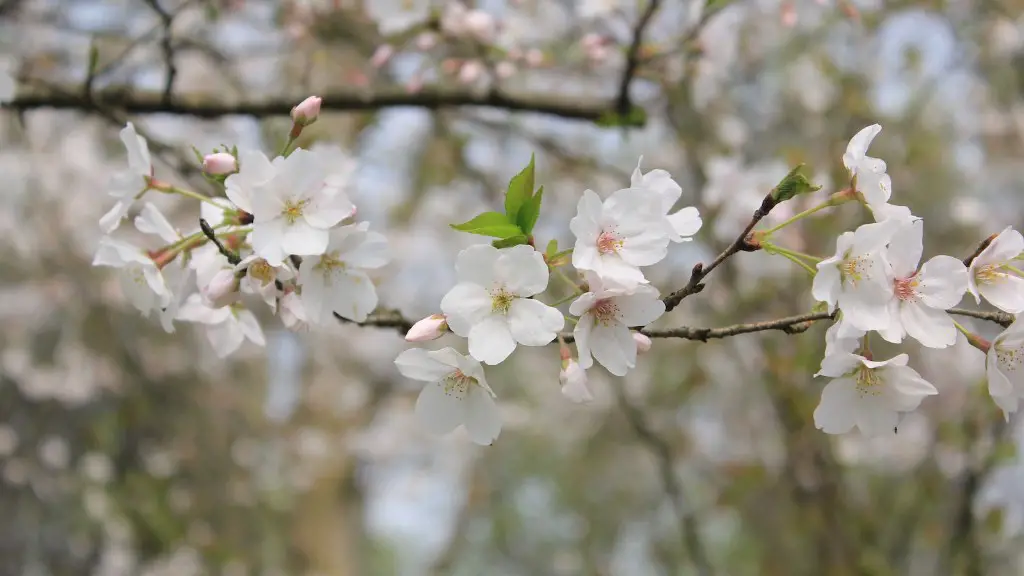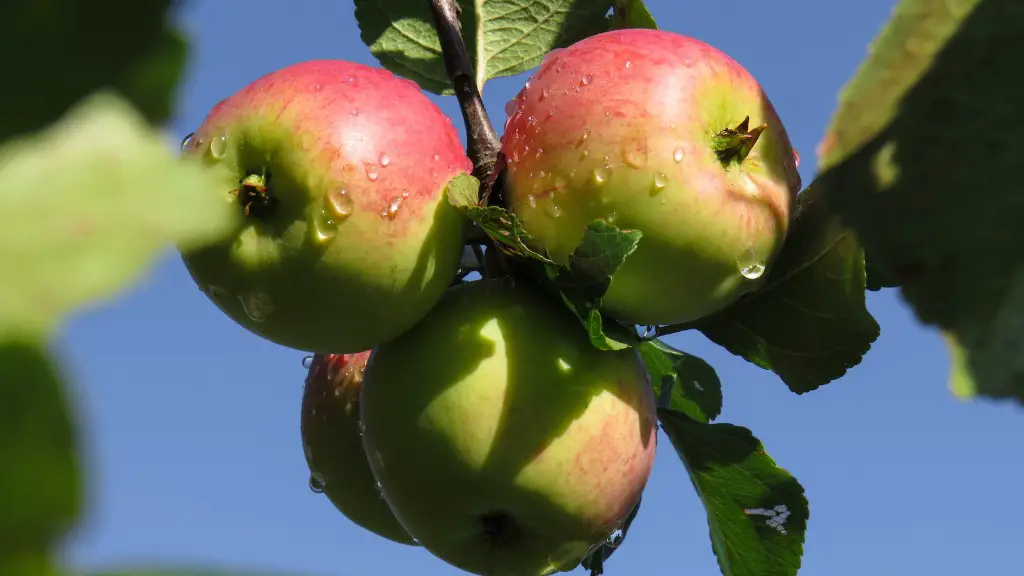Overview
A sour cherry tree is a deciduous, flowering tree native to many temperate regions of the world. This type of cherry trees has a long history and has been grown for its fruit and its ornamental beauty for centuries. The sour cherry tree can range from 10 to 15 feet (3 – 4.6 m) tall and its circumference at the growth point is usually approximately three feet (91 cm). The tree has an attractive dark brown bark with scaly ridges, and its shriveled branches twist up and down, giving the tree a unique silhouette.
Leaves and Foliage
The sour cherry tree has broad, oval-shaped leaves that are slender and a pale-green color. These glossy, leathery leaves are toothed along their margins and range from two to four inches (5-10 cm) in length. During the spring, the sour cherry tree bursts out with beautiful white flowers which eventually become sour cherries. As the summer progresses and the sour cherry tree matures, its leaves turn a vivid yellow color.
Fruit
The sour cherry tree produces small, round cherries that are an attractive shiny red or yellow hue. When they first come out they may look sweet, but in reality they are quite tart. Sour cherries are not usually eaten fresh, but they are most often cooked or processed in sweet dishes such as cobblers, jam, pies and juice.
Growth and Climate Requirements
Sour cherry trees are hardy and can tolerate cold temperatures and short growing seasons, but they prefer mild climates with a reasonable amount of moisture. Trees should be planted in well-draining and nutritious soil, which is slightly acidic. Regular fertilization is beneficial and will promote healthy growth of the tree. The best time to plant a sour cherry tree is in early spring, as this allows it to establish itself before the summer begins.
Pruning and Disease
Sour cherry trees require regular pruning to keep them healthy and productive. This should done when the tree is dormant, in late winter or early spring. Pruning helps to keep the tree balanced and boosts fruit production. Sour cherry trees are relatively disease-resistant and can tolerate most common pests and problems. However, they may be affected by fungal diseases, such as brown rot, that can cause the cherries to rot on the tree. This can be prevented by using preventive fungicide treatments in early spring.
Uses and Benefits
The sour cherries from sour cherry trees are versatile and can be used to make many different recipes. Sour cherries are high in vitamin C and contain other essential nutrients, such as potassium, magnesium and phosphorus. The tart flavor of sour cherries also makes them ideal for baking, cooking, canning and preserving. In addition to their culinary uses, sour cherry trees also make an attractive addition to any landscape and will provide a burst of color during the spring and summer months.
Harvesting
Sour cherries are usually ready to be harvested in mid to late summer, when the cherries have changed color and the flesh has softened. To harvest, pick the cherries one at a time or cut off the branches that have the best fruit. It is important to protect the remaining cherries from birds and other animals. Properly harvested cherries can be stored in the refrigerator for up to two weeks.
Nutritional Properties
Sour cherries are a great source of fiber, vitamins, minerals and antioxidants. They are also relatively low in calories, making them a healthier alternative to many sugary snacks. These tiny fruits are an excellent source of vitamin C and contain a number of other essential nutrients, such as potassium, magnesium, phosphorus and manganese. Sour cherries are also a good source of folate, which is important for cell growth and maintenance.
Preparation
Sour cherries can be prepared in a number of ways, including baking, freezing, canning, preserving and juicing. They can be eaten fresh, cooked into sauces and syrups, or added to a variety of desserts and baked goods. Sour cherries can also be dried or frozen to preserve their flavor. When baking with sour cherries, it is best to reduce the amount of sugar to balance the tartness of the fruit.
Health Benefits
Sour cherries are a great source of nutrition and can provide numerous health benefits. The antioxidants in sour cherries can help reduce inflammation, which in turn can help reduce the risk of chronic diseases such as heart disease, diabetes and cancer. Studies have also shown that sour cherries can help promote better sleep, improve cognitive function and boost the immune system. In addition, the high level of dietary fiber in the fruit can help improve digestion and reduce cholesterol levels.

